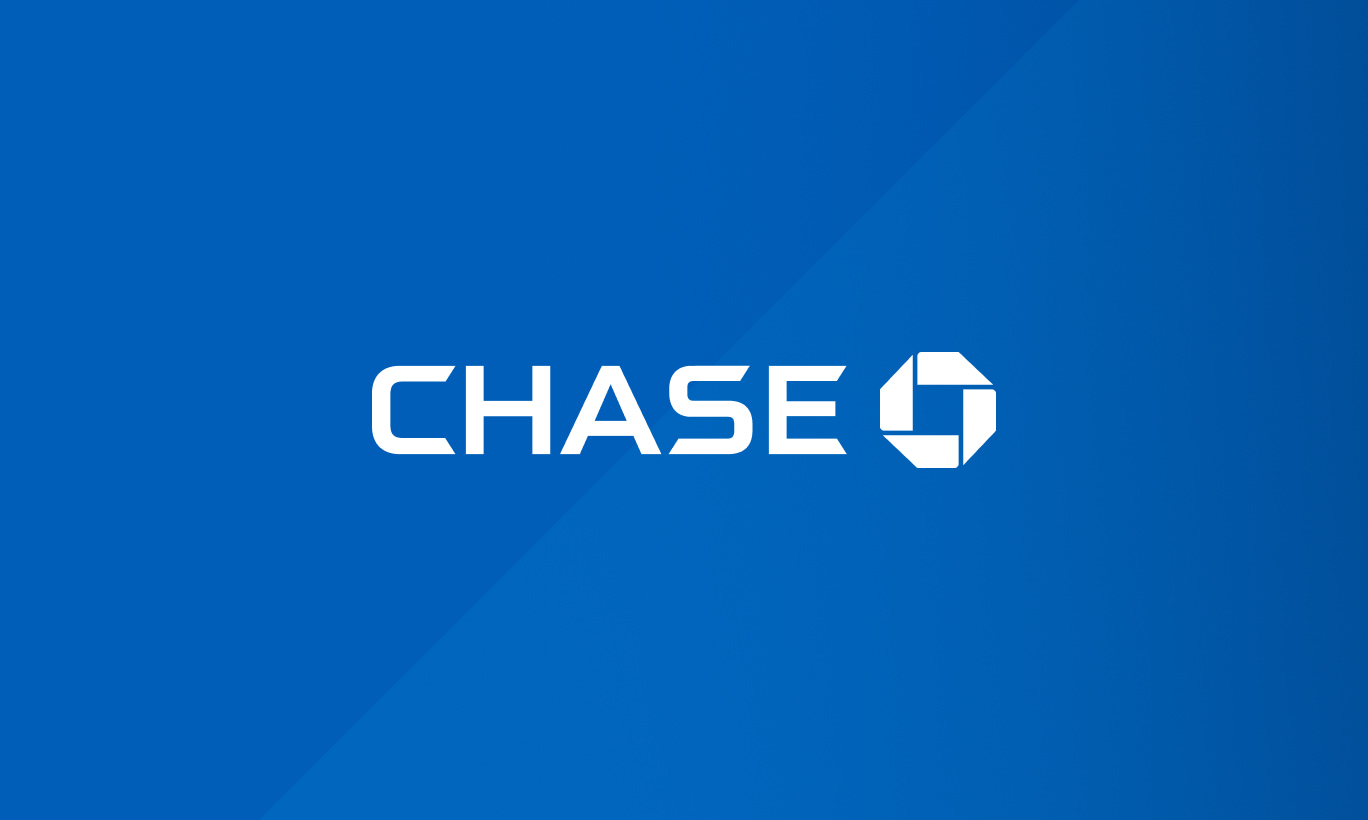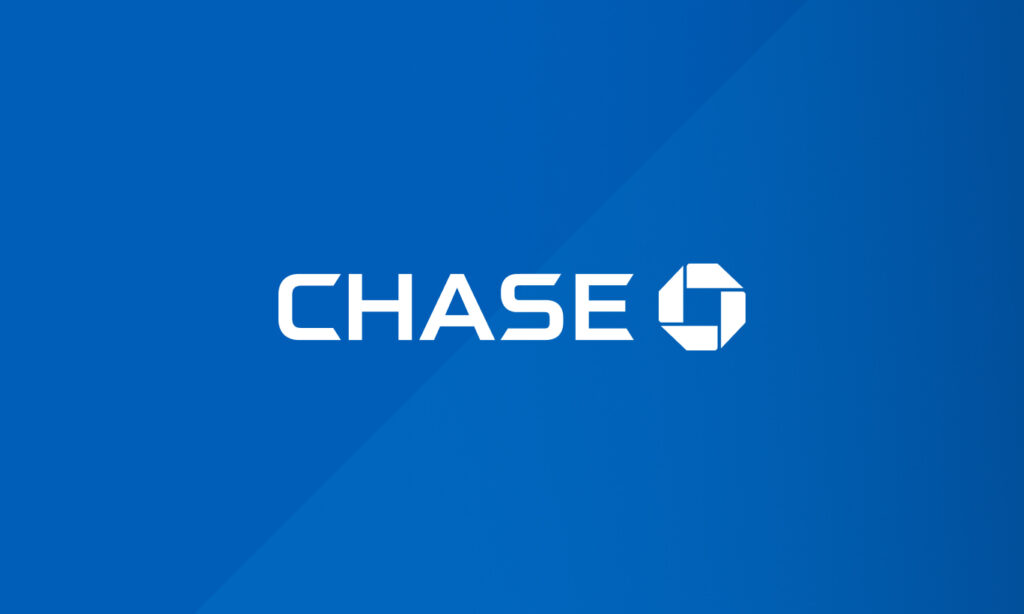Chase Bank is one of the largest and most trusted banks in the United States. As a customer of Chase, it’s important to have access to your routing number, as it is required for various banking transactions. In this step-by-step guide, I will explain what a routing number is, why it is important, and how you can easily find your Chase Bank routing number.
Contents
- What is a routing number and why is it important?
- Where to find your Chase Bank routing number
- Method 1: Check your Chase Bank checkbook or statement
- Method 2: Access your Chase Bank online banking account
- Method 3: Contact Chase Bank customer service
- Common FAQs about Chase Bank routing numbers
- Q: Can I use the same routing number for all Chase Bank accounts?
- Q: Can I use my routing number for international transactions?
- Q: Are routing numbers confidential information?
- Tips for securely using your routing number
- Conclusion and final thoughts on finding your Chase Bank routing number
What is a routing number and why is it important?
A routing number is a unique nine-digit number assigned to each financial institution in the United States. It serves as an identifier for the bank or credit union, indicating where the funds need to be transferred to or from. Routing numbers are essential for various banking transactions, such as direct deposits, wire transfers, and electronic payments. Without a routing number, it would be impossible to ensure that your money reaches the correct destination.

Where to find your Chase Bank routing number
Finding your Chase Bank routing number is a simple process. There are several ways to locate this important piece of information. Here are a few methods you can use:
Method 1: Check your Chase Bank checkbook or statement
The easiest way to find your routing number is by checking your Chase Bank checkbook or bank statement. Your routing number is printed on the bottom left corner of your checks, along with your account number and check number. If you don’t have a checkbook, you can also find your routing number on your bank statement. Look for the section that provides your account details, and the routing number should be listed there.
Method 2: Access your Chase Bank online banking account
Another convenient way to find your routing number is through your Chase Bank online banking account. Simply log in to your account using your username and password. Once you are logged in, navigate to the account summary page. On this page, you should be able to view your account number, as well as your routing number. If you are unable to locate it, you can also try looking under the “Account Information” or “Account Details” section.
Method 3: Contact Chase Bank customer service
If you are still unable to find your routing number using the previous methods, don’t worry. You can always contact Chase Bank customer service for assistance. Their customer service representatives are trained to help you with any banking-related queries you may have, including finding your routing number. Have your account information ready when you call, as they may require it to verify your identity. The customer service representative will be able to provide you with your routing number promptly.
Common FAQs about Chase Bank routing numbers
Q: Can I use the same routing number for all Chase Bank accounts?
A: No, each Chase Bank account has its own unique routing number. This means that if you have multiple accounts with Chase, such as a checking account and a savings account, each account will have a different routing number. Make sure to use the correct routing number for the specific account you are transacting with.
Q: Can I use my routing number for international transactions?
A: No, routing numbers are only used for domestic transactions within the United States. For international transactions, you will need to provide the recipient’s bank with the bank’s Swift code or International Bank Account Number (IBAN).
Q: Are routing numbers confidential information?
A: While routing numbers are important for banking transactions, they are not considered confidential information. However, it is still important to protect your routing number and other personal banking details from unauthorized individuals. Avoid sharing this information over unsecured networks or with anyone you do not trust.
Tips for securely using your routing number
Now that you have successfully found your Chase Bank routing number, it’s important to use it securely. Here are some tips to keep in mind:
- Protect your banking information: Keep your routing number, account number, and other sensitive banking details private. Avoid sharing them on unsecured websites or over unencrypted email.
- Use secure networks: When accessing your online banking account or making transactions, ensure that you are connected to a secure network. Public Wi-Fi networks can be vulnerable to hackers, so it’s best to use a trusted and encrypted network.
- Monitor your accounts: Regularly review your bank statements and transaction history. If you notice any unauthorized activity or suspicious transactions, contact Chase Bank immediately.
Conclusion and final thoughts on finding your Chase Bank routing number
In conclusion, knowing your Chase Bank routing number is essential for various banking transactions. By following the step-by-step guide outlined in this article, you should have no trouble finding your routing number. Remember to check your chequebook or bank statement, access your online banking account, or contact Chase Bank customer service if needed. Once you have your routing number, use it securely and protect your banking information from unauthorized individuals. Click here to read more amazing article








